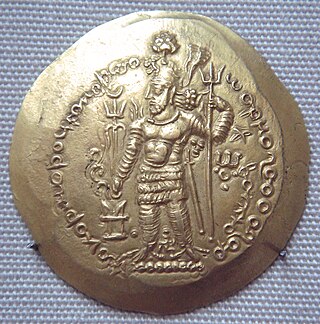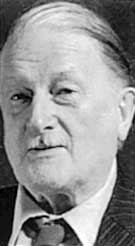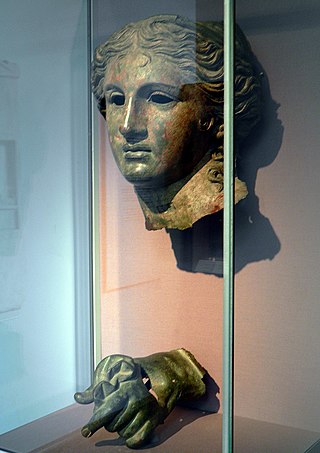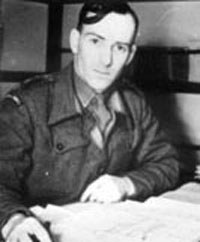Related Research Articles

Anatolia, also known as Asia Minor, is a peninsula in West Asia that makes up the majority of the land area of Turkey. It is the westernmost protrusion of Asia and is geographically bounded by the Mediterranean Sea to the south, the Aegean Sea to the west, the Turkish Straits to the northwest, and the Black Sea to the north. The eastern and southeastern limits have been expanded either to the entirety of Asiatic Turkey or to an imprecise line from the Black Sea to the Gulf of Alexandretta. Topographically, the Sea of Marmara connects the Black Sea with the Aegean Sea through the Bosporus and the Dardanelles, and separates Anatolia from Thrace in Southeast Europe.

Ephesus was a city in Ancient Greece on the coast of Ionia, 3 kilometres (1.9 mi) southwest of present-day Selçuk in İzmir Province, Turkey. It was built in the 10th century BC on the site of Apasa, the former Arzawan capital, by Attic and Ionian Greek colonists. During the Classical Greek era, it was one of twelve cities that were members of the Ionian League. The city came under the control of the Roman Republic in 129 BC.
The 270s decade ran from January 1, 270, to December 31, 279.
The 260s decade ran from January 1, 260, to December 31, 269.

Year 272 (CCLXXII) was a leap year starting on Monday of the Julian calendar. At the time, it was known as the Year of the Consulship of Postumius and Veldumnianus. The denomination 272 for this year has been used since the early medieval period, when the Anno Domini calendar era became the prevalent method in Europe for naming years.

Bithynia was an ancient region, kingdom and Roman province in the northwest of Asia Minor, adjoining the Sea of Marmara, the Bosporus, and the Black Sea. It bordered Mysia to the southwest, Paphlagonia to the northeast along the Pontic coast, and Phrygia to the southeast towards the interior of Asia Minor.

Sir Ronald Syme, was a New Zealand-born historian and classicist. He was regarded as the greatest historian of ancient Rome since Theodor Mommsen and the most brilliant exponent of the history of the Roman Empire since Edward Gibbon. His great work was The Roman Revolution (1939), a masterly and controversial analysis of Roman political life in the period following the assassination of Julius Caesar.

Samsat, formerly Samosata is a small town in the Adıyaman Province of Turkey, situated on the upper Euphrates river. It is the seat of Samsat District. The town is populated by Kurds of the Bezikan tribe.

Located in Turkey, the settlement of Satala, according to the ancient geographers, was situated in a valley surrounded by mountains, a little north of the Euphrates, where the road from Trapezus to Samosata crossed the boundary of the Roman Empire, when it was a bishopric, which remains a Latin Catholic titular see. Later it was connected with Nicopolis by two highways. Satala is now Sadak, a village of 348 inhabitants (2022), in the Kelkit District of Gümüşhane Province in Turkey.
Sir Fergus Graham Burtholme Millar, was a British ancient historian and academic. He was Camden Professor of Ancient History at the University of Oxford between 1984 and 2002. He is among the most influential ancient historians of the 20th century.

Clifford Edmund Bosworth FBA was an English historian and Orientalist, specialising in Arabic and Iranian studies.

Commagene was an ancient Greco-Iranian kingdom ruled by a Hellenized branch of the Orontids, a dynasty of Iranian origin, that had ruled over the Satrapy of Armenia. The kingdom was located in and around the ancient city of Samosata, which served as its capital. The Iron Age name of Samosata, Kummuh, probably gives its name to Commagene.

Rupert Leo Scott Bruce-Mitford was a British archaeologist and scholar. He spent the majority of his career at the British Museum, primarily as the Keeper of the Department of British and Medieval Antiquities, and was particularly known for his work on the Sutton Hoo ship-burial. Considered the "spiritus rector" of such research, he oversaw the production of the monumental three-volume work The Sutton Hoo Ship-Burial, termed by the president of the Society of Antiquaries as "one of the great books of the century".
Terence Bruce Mitford FBA FSA was a Scottish archaeologist and classicist. He spent his whole career at the University of St Andrews, and had a special interest in the history and archaeology of Cyprus and southern Turkey, making many expeditions to these areas. His academic life was interrupted by the Second World War, during which he served with the Special Air Service and Special Boat Service.

The Theme of Sebasteia was a military-civilian province of the Byzantine Empire located in northeastern Cappadocia and Armenia Minor, in modern Turkey. It was established as a theme in 911 and endured until its fall to the Seljuk Turks in the aftermath of the Battle of Manzikert in 1071.
Dülük is a neighbourhood in the municipality and district of Şehitkamil, Gaziantep Province, Turkey. Its population is 2,826 (2022). It is about 10 kilometres (6.2 mi) from Gaziantep city center. Its ancient name was Doliche.

Mara bar Serapion, or "Mara son of Serapion", was a Syriac Stoic philosopher in the Roman province of Syria. He is only known from a letter he wrote in Syriac to his son, who was named Serapion, which refers to the execution of "the wise king of the Jews" and may be an early non-Christian reference to Jesus of Nazareth.
David John Breeze, OBE, FSA, FRSE, HonFSAScot, Hon MIFA is a British archaeologist, teacher and scholar of Hadrian's Wall, the Antonine Wall and the Roman army. He studied under Eric Birley and is a member of the so-called "Durham School" of archaeology. He was a close friend and colleague of the late Dr Brian Dobson.
The British Academy Medal is awarded annually by the British Academy to up to three individuals or groups. It is awarded for "outstanding achievement that has transformed understanding of a particular subject or field of study in ... any branch of the humanities and social sciences". It was first awarded in 2013. It is the first medal awarded by the British Academy for any subject within the remit of the academy. According to a reputation survey conducted in 2018, it is the third most prestigious interdisciplinary award in the social sciences, after the Holberg Prize and the Stein Rokkan Prize for Comparative Social Science Research. The British Academy medal is no longer being awarded since 2019.
Boyalık is a village in the İliç District of Erzincan Province in Turkey. Its population is 169 (2022). As of 2000, it has 2 mosques and 80 houses along with 45 village guards. Although the village itself has no historical remains, there are well-preserved traces of the old caravan route called the Padişah Yolu, or "sultan's road", below Boyalık to the south. This section of the road is scoured from the mountainside and represents part of the ancient Roman road running east to Kemah and Erzincan. The road comes to Boyalık from Hasanova in the west and climbs eastward through "a fertile valley lined with stunted oak trees" to the high plain called Gâvuroluğu, or the "infidels' passage".
References
- 1 2 3 4 James Howard-Johnston, "East of Asia Minor: Rome’s Hidden Frontier, by Timothy Bruce Mitford (Oxford University Press, 2018)", The Pelican Record, vol. 54 (2018), pp. 88–93.
- 1 2 3 James Crow, "Timothy Bruce Mitford. 2018. East of Asia Minor: Rome's hidden frontier. Oxford: Oxford University Press; 978-0-19-814874-6 (volume 1), 978-0-19-872516-9 (volume 2) £225", Antiquity , vol. 93, no. 368 (2019), pp. 546–547.
- ↑ Supplement to The London Gazette , 27 January 1967 (no. 44238), p. 1153.
- ↑ Supplement to The London Gazette , 11 June 1973 (no. 46002), p. 7259.
- 1 2 3 4 5 "Revealing Rome's Hidden Frontier in Eastern Turkey", British Academy Review, vol. 32 (2018), pp. 52–54.
- ↑ "The Roman Frontier Based on the Valley of the Upper Euphrates from the Black Sea to Samosata", Bodleian Library. Retrieved 21 February 2021.
- 1 2 "The British Academy Medal", British Academy . Retrieved 21 February 2021.